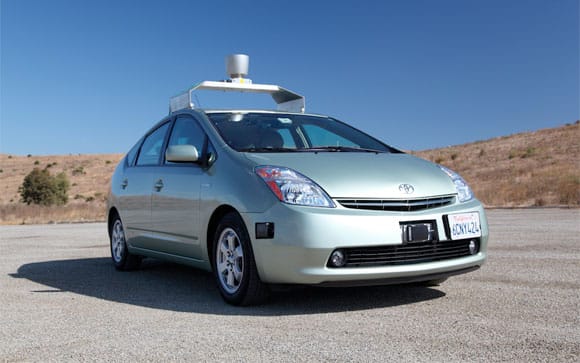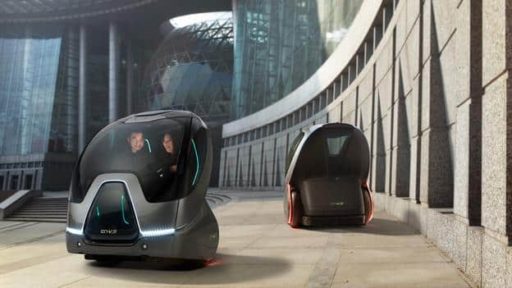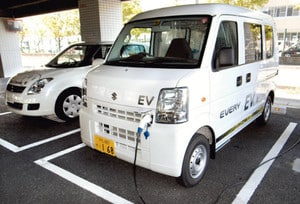Google’s self-driving cars have been on a long testing haul which was meant to show the world that these cars were safe to ride and are fairly practical in running on roads without a driver. Google’s fleet of self-driving cars comprises of some one dozen vehicles. And now, Google has announced that these vehicles have completed an aggregated distance of 300,000 miles without any accident.
However, Google admits, it still has to work on a whole lot of things and that ‘there’s still a long road ahead.’ For instance, if these self-driving cars came across a temporary construction sign, they wouldn’t understand it and that put the vehicle into trouble. Similarly, the cars are not able to tackle snow-covered roads when on the autopilot mode.
Future plans and improvements
To make these cars safer and significant enough for a normal person, Google still has a long way to go in improving them, tweaking them and making their intelligence more human-like.
Google is also trying to bring these self-driving cars to the practical realm. For instance, it will soon let some of its members to drive in these cars for commuting. For now, at least two people drive these automatic cars but Google believes that its safe now to let a single person drive around in it.
According to Google’s engineering lead for this project, “One day we hope this capability will enable people to be more productive in their cars. For now, our team members will remain in the driver’s seats and will take back control if needed.”
Enhancing driver productivity
Imagine that you have to go on a 5-hour drive, on your own, in a car. If you were driving a car, you would barely be able to do anything else without risking your life. However, if your car is a self-driving vehicle, it would be heavenly. You could sit back and relax, read a book, play a game on your smartphone, complete some assignment that you have to finish soon or indulge in similar other activities. And you’ll be able to do all this without risking or endangering your life.
Yes, such a future is not near yet and it will still take quite a lot of time for Google’s self-driving cars to become so safe and advanced – but that’s precisely where the future is headed.
Ethical and legal questions about Google’s self-driving cars
A researcher in Yale Scientific has very aptly cited the various legal as well as ethical concerns that plague the path of Google’s self-driving cars. The article which contains this concerns reads, ” How do we legally resolve a complicated accident involving a self-driving car? What should a self-driving car do if a situation forces it to choose between two options that both might cause loss of human life?”
Moreover, if indeed a robotic car causes an accident, who are we going to blame. Will the blame lie with the driver who has no role in how the car drove, or the robotic company whose hardware is not well enough, or some other party? Such cars are surely going to complicate the legal/ethical issues related to road driving a lot more complicated.
Yet, they are inevitable. Wendell Wallach, a scholar at Yale, sums it thus, “If you can’t solve these ethical problems of who’s culpable and who’s liable, you’ll have public concern about letting robots into the commerce of daily life. If you can, new markets open up.”
Source: Google Blog/ Yale Scientific
[ttjad keyword=”auto”]





Self-driving cars will become popular; wherever the energy got saved, their is an option loss of efficiency.